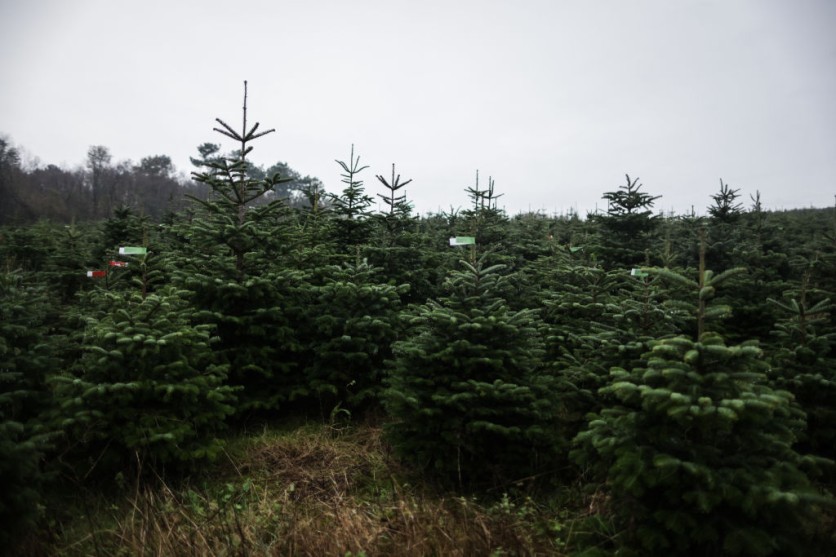As December unfolds, the air becomes infused with a delightful festive spirit, and the anticipation of the upcoming holidays is palpable. At the heart of this seasonal celebration stands a cherished and iconic symbol, the Christmas tree.
The presence of these adorned evergreens marks the onset of joyous traditions, evoking a sense of warmth, nostalgia, and the timeless spirit of togetherness that defines the holiday season.

Developing Genetically Modified Christmas Trees
However, the allure of real trees is occasionally marred by the constant shedding of needles, necessitating frequent clean-ups. To tackle this prevalent issue, scientists affiliated with the NC State Christmas Tree Genetics Program at North Carolina State University have embarked on pioneering endeavors.
Over the past four decades, they have dedicated their efforts to creating a genetically modified Christmas tree designed to provide three primary advantages: accelerated growth, enhanced symmetry, and prolonged needle retention.
Interesting Engineering reported that the research team has been cultivating elite Fraser fir trees, a prominent species in North Carolina's Appalachian mountains, constituting more than 98% of the state's Christmas tree varieties.
In the 1990s, the program undertook an extensive evaluation, scrutinizing tens of thousands of Fraser firs to pinpoint specimens with desirable genetic traits.
Boasting Over 1,000 Trees
Following a stringent selection process, the researchers identified the top 25 trees out of a pool exceeding 30,000. These selected trees were then reproduced and planted in a six-acre seed orchard at the Upper Mountain Research Station in 2018. Today, the seed orchard boasts over 1,000 trees, with some already yielding seed-bearing cones.
Collecting up to 100 seeds per cone, the research team is carefully gathering these seeds for in-depth analysis. A recently constructed seed processing plant is set to play a pivotal role, aiming to deliver these seeds to producers between 2026 and 2028.
Justin Whitehill, the director of the Christmas Tree Genetics Program, expressed optimism about the impact of these trees, stating that their trees will simplify the lives of both growers and consumers.
As stated in its press release, the genetically modified Christmas trees boast accelerated growth, enhanced aesthetics, and prolonged needle retention post-harvest, with promising results seen in the initial sample of trees.
Director Justin Whitehill shared insights into the project, highlighting that the genetically improved trees displayed an additional 1-2 inches of growth per year, potentially shortening the wait time for commercial height from 7-8 years to 6-7 years.
Looking ahead, Newsweek reported that the researchers envision that if growers plant these genetically modified trees from the research station by 2030, they could introduce them to the market by 2036.
An impressive feature of these trees is their minimal needle shedding, expected to be less than one to two percent, even without the influence of cooler temperatures. Whitehill expressed optimism, stating that with the genetics developed by their program, vacuuming might not even be necessary.
Related Article : Scientists Make Renewable Plastic From Pine Needles

ⓒ 2025 TECHTIMES.com All rights reserved. Do not reproduce without permission.




